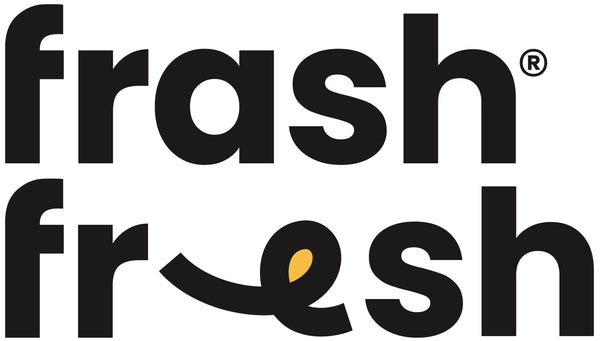Our Energetic Constitution Guide
One of the major questions we ask to determine if pets are balanced is whether or not they are heat seekers or cool seekers. Every pet has a unique body constitution, which can change over time. The changes can be influenced and modified by lifestyle, diet, and environmental factors.
Apply the principles of food energetics to meet the pet's needs as they shift over time.

Warm-Energy Pets
These pets naturally run hot. They are typically hyperactive, high-strung, and even irritable, with a tendency to develop medical conditions related to inflammation. Under the theory of food energetics, warm energy is associated with yin deficiency and can be counterbalanced by consuming cooling foods.
Signs to wach out for:
• Inflamed and irritated skin conditions such as hot spots
• Digestion problems such as upset stomach
• Bright red tongue and excessive panting, even when it’s not warm
• Prefers maintaining their space, tolerating only brief snuggle sessions
• Constantly seeking opportunities to cool off — such as laying in front of a fan

Cool-Energy Pets
Cool energy is associated with a Yang deficiency in food energetics. Pets with cool energy are perpetual seekers of heat and rest.
Signs to wach out for:
• Favours warm spots to nap
• Tolerates or even enjoys being covered with a blanket
• Prone to lethargy, especially in colder environments
• Poor appetite
• Prone to constipation
• Susceptible to viruses, yeasts, and bacterial infections

